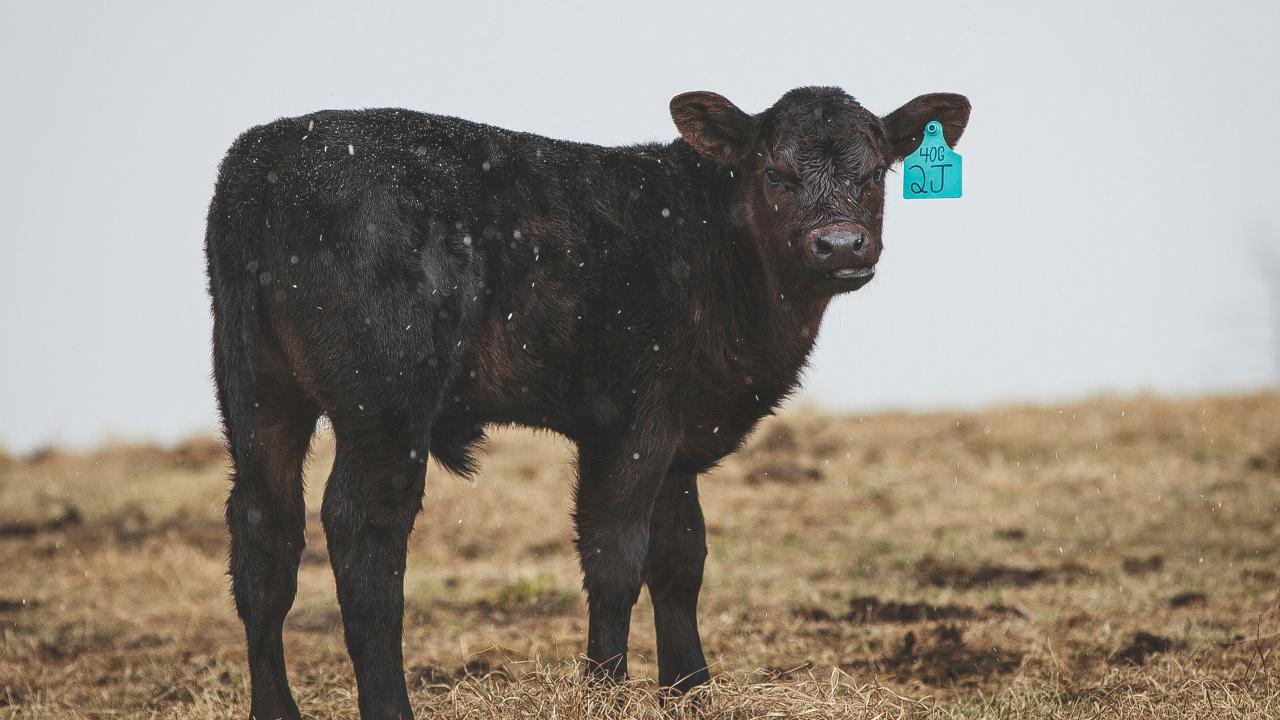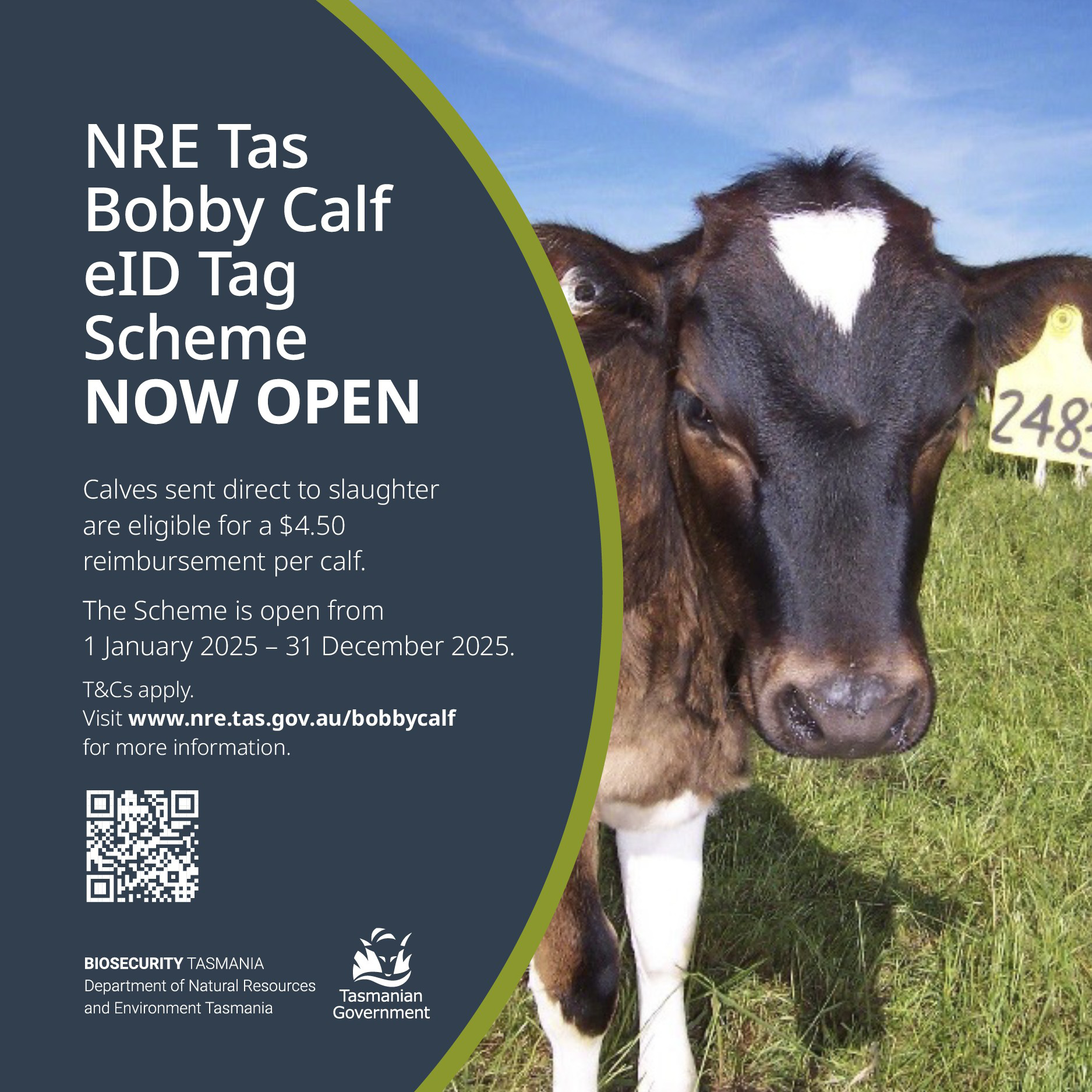Market talk - Tariffs could help our beef

THERE has been heaps of commentary around cattle supply numbers throughout the Eastern states over the last few months with many suggesting that there will be a major shortage come the end of winter.
It looks like that there are signs that this may become a reality over the next couple of months.
On Monday we saw numbers at Wagga fall by 1,245 head and at Mortlake there were 1,000 less penned and I think it will be interesting to see what happens next week.
There are suggestions that some major beef abattoirs have sufficient numbers in front of them for a couple of months but I am also hearing that supply is tightening very quickly in some other works.
One would have to think that kill numbers in Victoria will come under pressure with reports that an extra 66,000 store cattle were sold through Wodonga, Mortlake and Ballarat during the past 12 months and it has been well reported that a big percentage of these cattle have gone North in Northern NSW and Queensland.
This in turn will affect the Tasmanian situation because when numbers get tight here our two beef exporters bring cattle in from Victoria and if they aren’t there the net will have to be spread further afield.
Cow markets are the standout at the moment with heavy beef cows quoted between 300c and 370c and many averages are sitting around 325c/kg.
These better prices for prime cows is helping to push secondary cow prices higher as well and at Powranna over the last couple of weeks most of the D1 and D2 cows are making between 220c and 280c/kg liveweight.
Looking at overseas beef markets and Brazil continues to lead the way slaughtering 39.3 million head to produce 10.2 million tonnes with more than 55 per cent ending up in China.
Brazil, the US, Australia and India are the four big beef exporters around the world and the word is that the “tariff war” will put our beef in front of product from the US in the big markets like China. Lamb and sheep prices continue to track higher as we wait to see how our overseas clients react to these new prices.
Obviously there is a tipping point, just a matter of where it is.




Add new comment